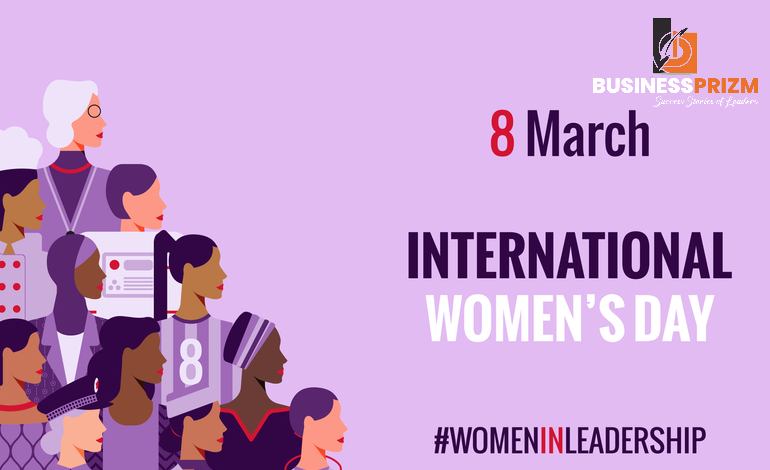International Women’s Day, observed annually on March 8th, stands as a testament to the enduring struggle for gender equality and the celebration of women’s achievements throughout history. This day, marked by rallies, events, and campaigns across the globe, serves as a poignant reminder of the progress made and the challenges that persist in the fight for women’s rights.
Origins of International Women’s Day
The roots of International Women’s Day stretch back to the early 20th century, a time marked by burgeoning movements for women’s suffrage, labor rights, and social justice. A turning point was reached in 1908 when thousands of women marched through New York City to demand equal pay, less working hours, and the ability to vote. This momentous occasion paved the way for later campaigning and sparked parallel campaigns across the globe.
The Idea of International Women’s Day and Clara Zetkin
In 1910, the idea of an International Women’s Day took shape during the International Conference of Working Women in Copenhagen, Denmark. Clara Zetkin, a prominent German activist, proposed the concept as a means to honor women’s achievements and advocate for universal suffrage. The unanimous approval of Zetkin’s proposal marked the inception of International Women’s Day, setting the stage for a global movement towards gender equality.
The First International Women’s Day
On March 19, 1911, Austria, Denmark, Germany, and Switzerland witnessed the inaugural celebration of International Women’s Day. Over one million people participated in rallies and demonstrations, demanding women’s rights in various spheres of life, including the workplace and the political arena. This landmark event marked a significant step forward in the struggle for gender equality and galvanized women’s movements around the world.
Russian Revolution and International Women’s Day
The significance of International Women’s Day grew exponentially during the Russian Revolution of 1917. On February 23rd (Julian calendar), which corresponds to March 8th (Gregorian calendar), women in St. Petersburg initiated a strike for “bread and peace,” protesting against food shortages and the toll of World War I. Their courageous act catalyzed a series of events that culminated in the downfall of the Russian monarchy and the establishment of a new political order. The Bolshevik government subsequently recognized March 8th as a public holiday, celebrating women’s contributions to society and championing gender equality.
Global Expansion and Modern Significance
Throughout the 20th century, International Women’s Day evolved into a global phenomenon, with countries around the world embracing the occasion to advocate for women’s rights and celebrate women’s achievements. From grassroots movements to government-sponsored initiatives, International Women’s Day has become a platform for raising awareness about gender inequality, promoting women’s empowerment, and fostering dialogue on pressing issues affecting women and girls.
Themes and Initiatives
Each year, International Women’s Day is celebrated with a specific theme or focus, highlighting critical issues facing women globally. Themes range from gender parity and women’s leadership to reproductive rights and ending violence against women. Through various initiatives, including conferences, panel discussions, art exhibitions, and social media campaigns, organizations and individuals alike come together to amplify women’s voices and catalyze positive change.
Challenges and Opportunities
Despite significant strides in advancing women’s rights, numerous challenges persist in achieving gender equality worldwide. From discriminatory laws and cultural norms to barriers in access to education and healthcare, women continue to face systemic obstacles that hinder their full participation in society. International Women’s Day serves as a call to action, urging governments, institutions, and communities to redouble their efforts in dismantling these barriers and creating a more inclusive and equitable world for all.
To Sum Up
International Women’s Day stands as a symbol of solidarity, resilience, and hope for women everywhere. From its humble origins to its global resonance, this day underscores the ongoing struggle for gender equality and the collective efforts to build a more just and inclusive society. As we celebrate the achievements of women past and present, let us reaffirm our commitment to advancing the rights and dignity of women everywhere, today and every day.










